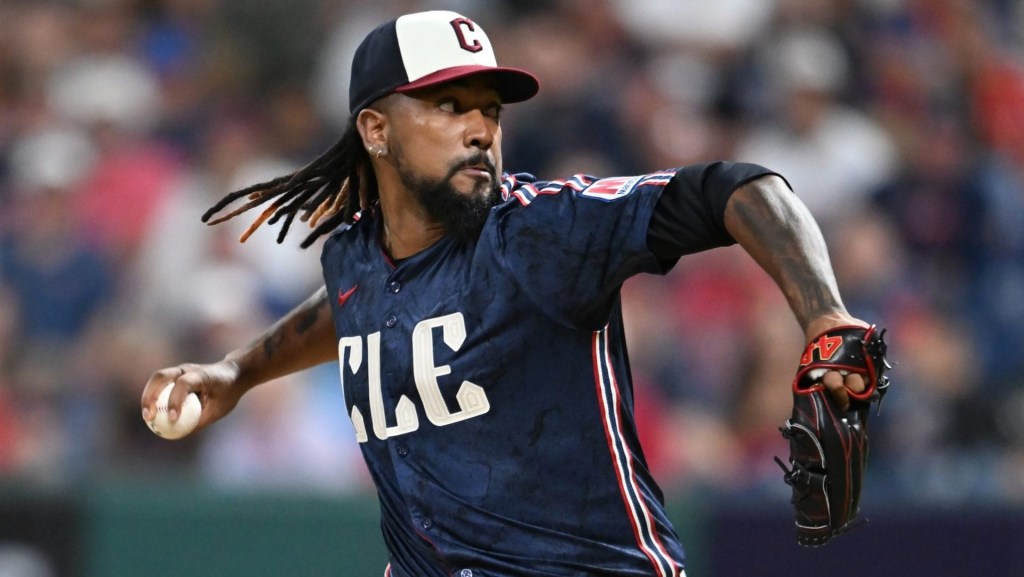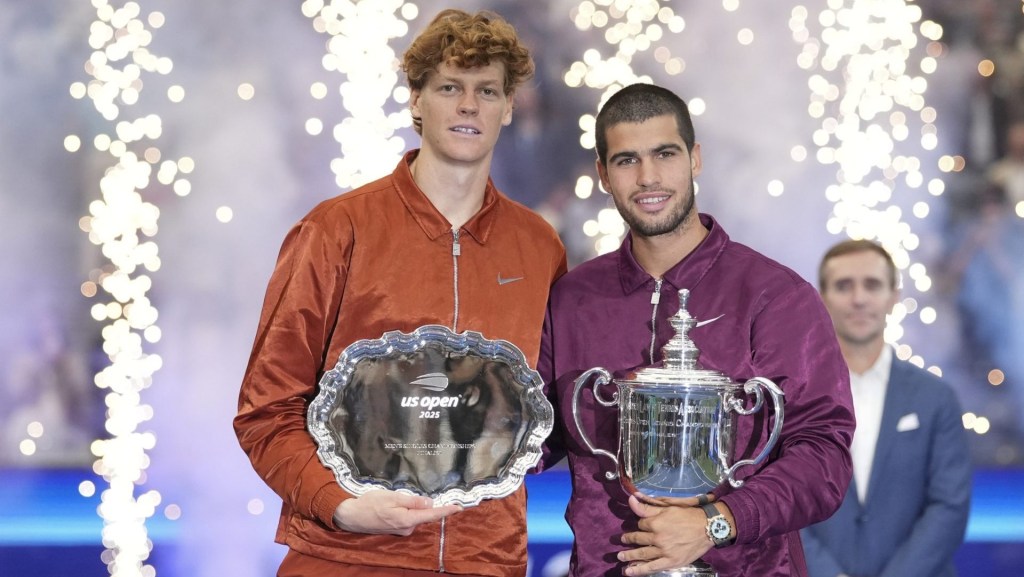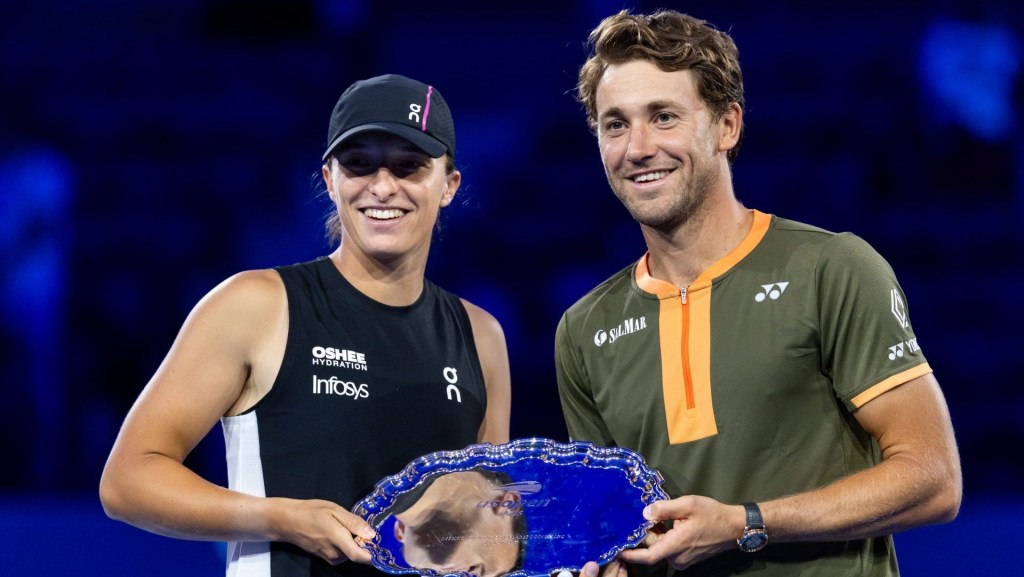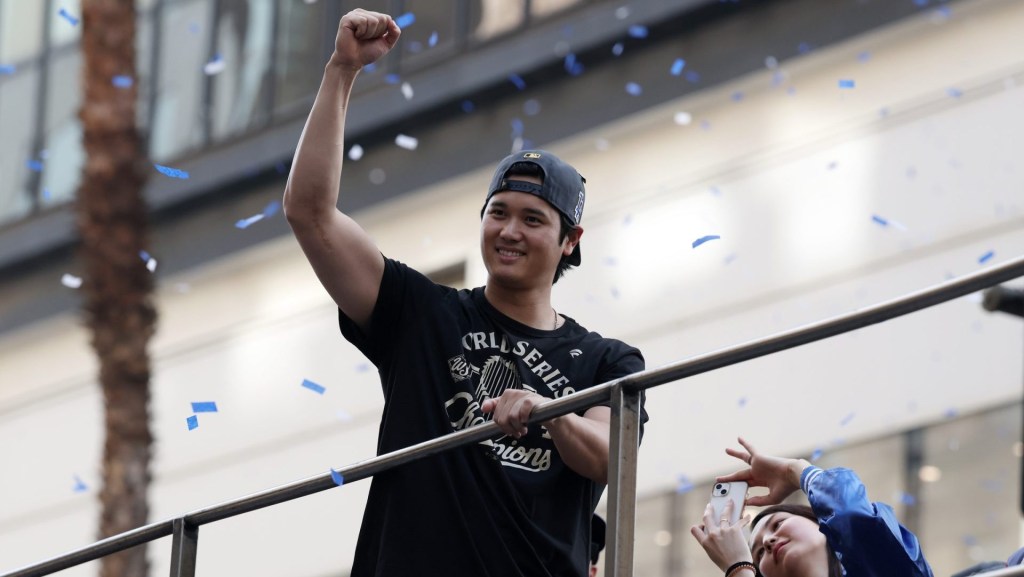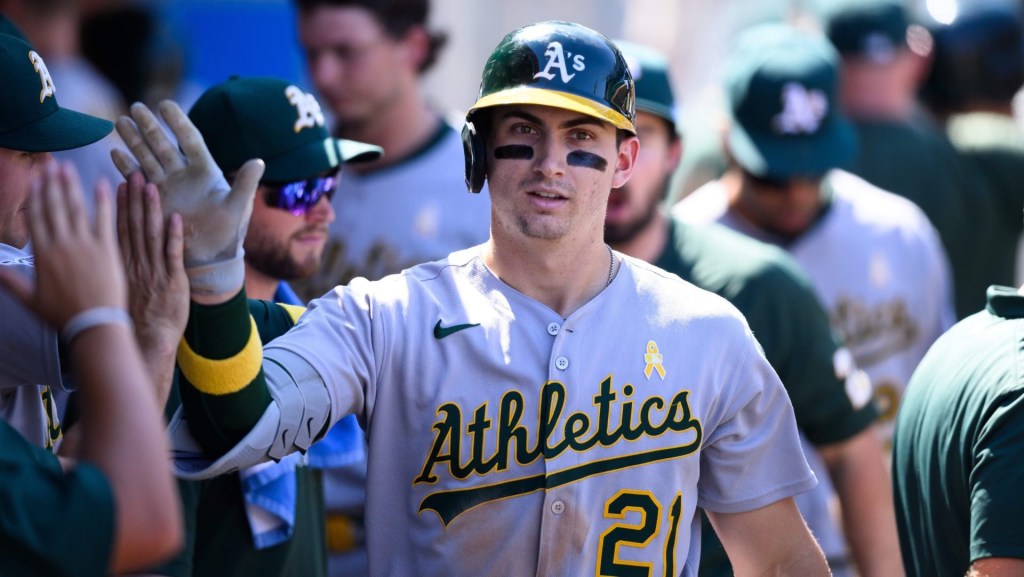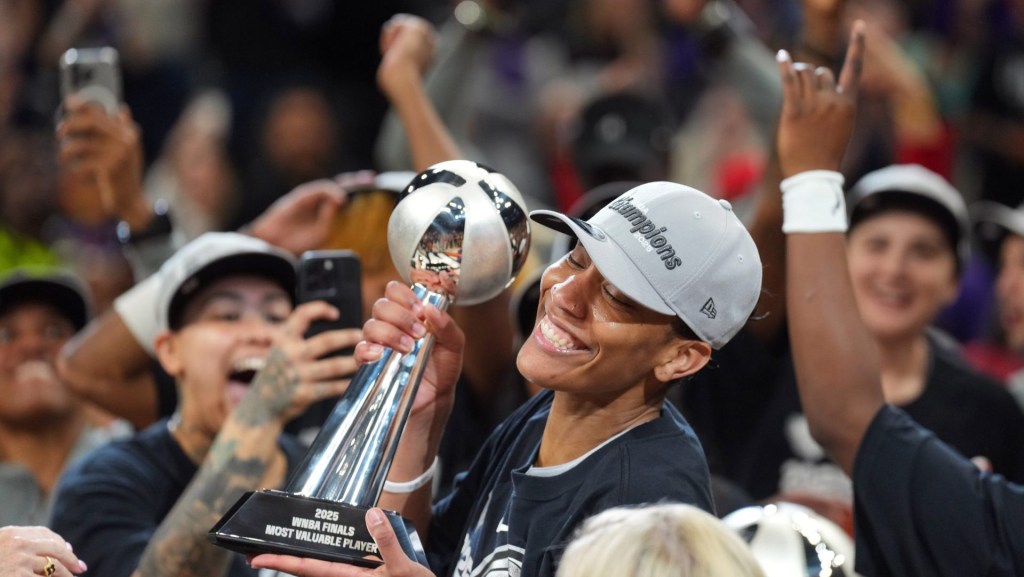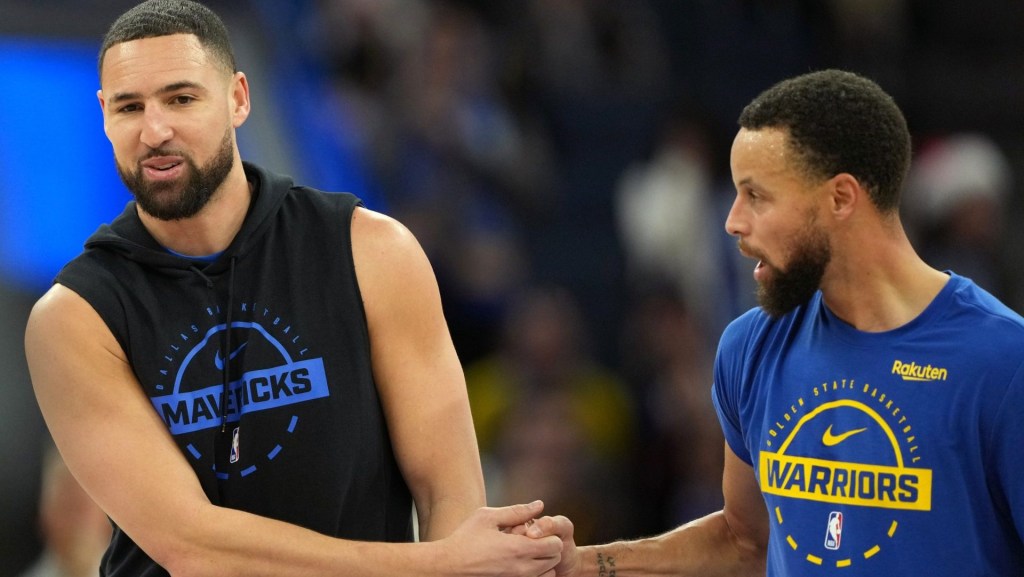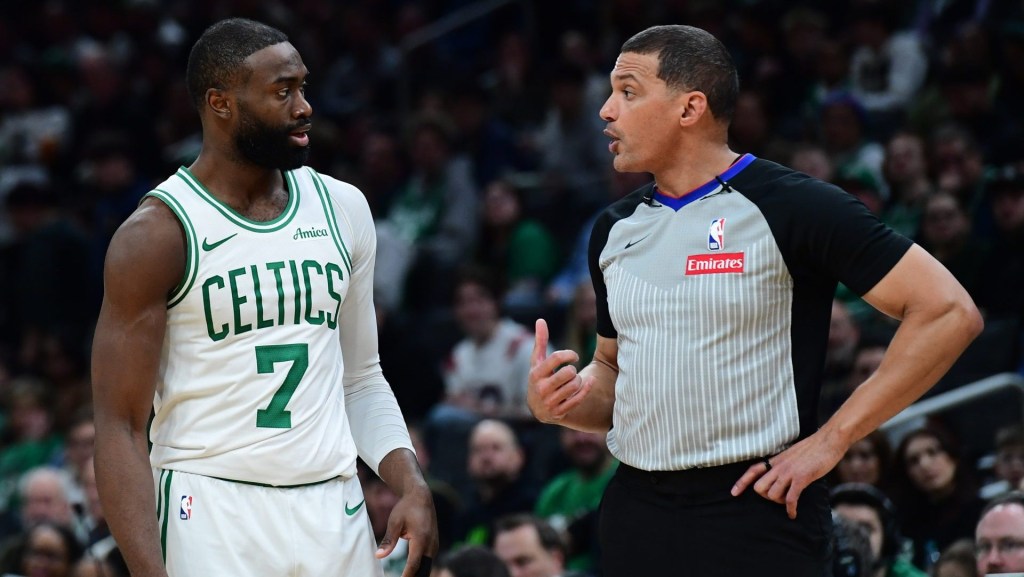Not everybody loves the U.S. Open, but you have to admit it’s one of the more colorful events in all of sports.
The final Grand Slam event of the year, which begins Monday in New York, boasts a $65 million prize pool — the highest of the majors by more than $8 million. The entire prize pool is an 8% bump from 2022, and players will enjoy increases in per-diem allowances, travel assistance, and hotel allotments.
But the tournament’s notoriously long night sessions still stoke their fair share of criticism.
Introduced in 1975 to boost in-person and television audiences and increase the sport’s accessibility, the two-match night schedule has stretched to nearly 3 a.m. in recent years, frustrating players and fans alike.
Some players have grown increasingly outspoken against the late-night format — also seen elsewhere in the pro tours but particularly a focus at the U.S. Open — and its impact on physical and mental health. Women’s No. 1 Iga Swiatek said, “I understand that we have to adjust to broadcasters and everything, but I also asked the WTA for some data to see if people are watching matches that start past 10 p.m. I didn’t get anything.”
U.S. Open tournament director Stacey Allaster has held firm on the current format. “One of the realities we have in tennis is that we’re not defined by a start and an end time. We can have a short match, or we can have a five-hour match.”
Disney Boost
The U.S. Open represents a sizable boost for the Walt Disney Co., particularly amid a potential partial equity sale for ESPN and company stock hovering near a nine-year low.
In 2015, ESPN began an 11-year, $770 million rights deal with the USTA to broadcast the tournament through 2025. The network looks to build on a 50% boost in average U.S. Open viewership last year to 1.21 million, including 2.96 million for the epic, five-set semifinal between eventual champion Carlos Alcaraz and Frances Tiafoe.
Thanks in part to its audience growth, ESPN sold out of its U.S. Open ad inventory months ago.


